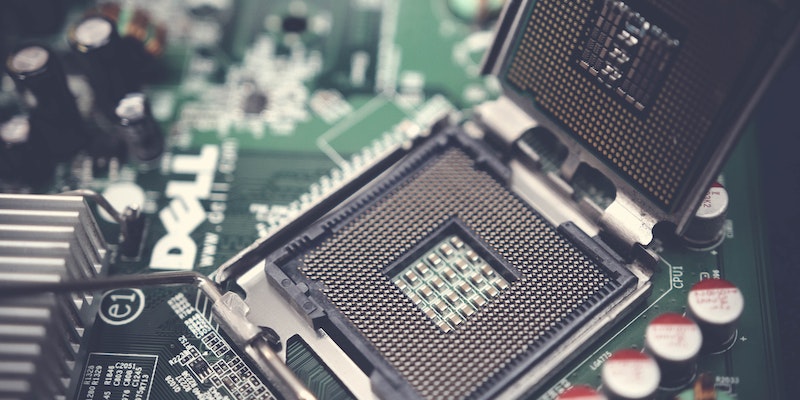Intel’s recent announcement about Meteor Lake CPUs featuring a dedicated VPU for AI acceleration has created quite a buzz in the tech industry. Meteor Lake is set to be the first PC System on a Chip (SoC) to include a Neural VPU, which makes use of AI-based accelerators to power Machine Learning and Deep Learning models on the next-gen version of Windows 11. In this article, we will delve deeper into the features of the new Meteor Lake CPUs and what they mean for Intel’s future chip architecture.
Tiled Design of Meteor Lake CPUs
One significant change from previous Intel processors is the way the Meteor Lake CPUs will be designed. Intel is utilizing a tiled approach, or chiplet design, which breaks the chip into different tiles instead of monolithic dies. This design is similar to the one used by AMD for its Ryzen and Epyc CPUs. Intel’s new chip features a dedicated compute, graphics, SoC, and I/O tile, which is part of the company’s strategy for its future disaggregated chip architecture.
This new design will allow Intel to mix and match various tiles with different performance and power characteristics to create the best custom chips for every application. It will also enable the company to produce more cost-effective and power-efficient chips, and help eliminate waste.
The role of VPU in Meteor Lake CPUs
The Meteor Lake CPUs will be equipped with a dedicated VPU or the Neural VPU. This is a dedicated AI engine integrated into the chip. The built-in Neural VPU found on Meteor Lake CPUs is a dedicated AI engine that makes use of AI-based accelerators to power machine learning and deep learning models. The VPU will work alongside additional accelerators featured on the CPU and GPU, delivering a significant boost in performance and improving the user experience in several applications.
These additional accelerators will include the enhanced onboard graphics with a new Gen 13 architecture that significantly improves the performance and power efficiency of the graphics processing units. The Meteor Lake CPUs will also have new I/O subsystems and support DDR5 memory.
Intel aims to ship millions of Meteor Lake CPUs
Intel plans to ship millions of Meteor Lake CPUs over the next year, making them available to every user worldwide. The new chips will help Intel reclaim the market share that it lost to AMD’s chips recently. This new product line also marks the company’s effort to stay at the forefront of the ongoing technology race.
While Intel hasn’t announced exactly when the Meteor Lake CPUs will be launched, the company is confident that it will ship millions of its latest chips next year. Despite recent setbacks, Intel remains a technology powerhouse, and the Meteor Lake CPUs could be the key to regaining its position as a top player in the CPU market.
Leaked information on Intel’s Core i7-10700H CPU
Along with the official announcement, leaked information has emerged about Intel’s Core ultra 7 1003H CPU. This upcoming Meteor Lake chip features new branding and a 16 GB DDR5-5600 SO-DIMM memory. It also contains an integrated Arc graphics solution, as it features the Alchemist GPU architecture. This leak reveals that the Meteor Lake CPU will have impressive capabilities that could match or surpass its AMD counterparts.
Intel’s new Meteor Lake CPUs come at a critical time when the chipmaker seeks to regain market dominance. The upcoming chips’ unique design approach and the dedicated VPU highlight Intel’s efforts to stay ahead of the curve in the tech industry. The chip’s disaggregated tile design and AI-based accelerators will pose new challenges for competitors and could be the key to Intel’s future success. Meteor Lake is undoubtedly a step in the right direction for Intel’s quest for innovation and modernization.

